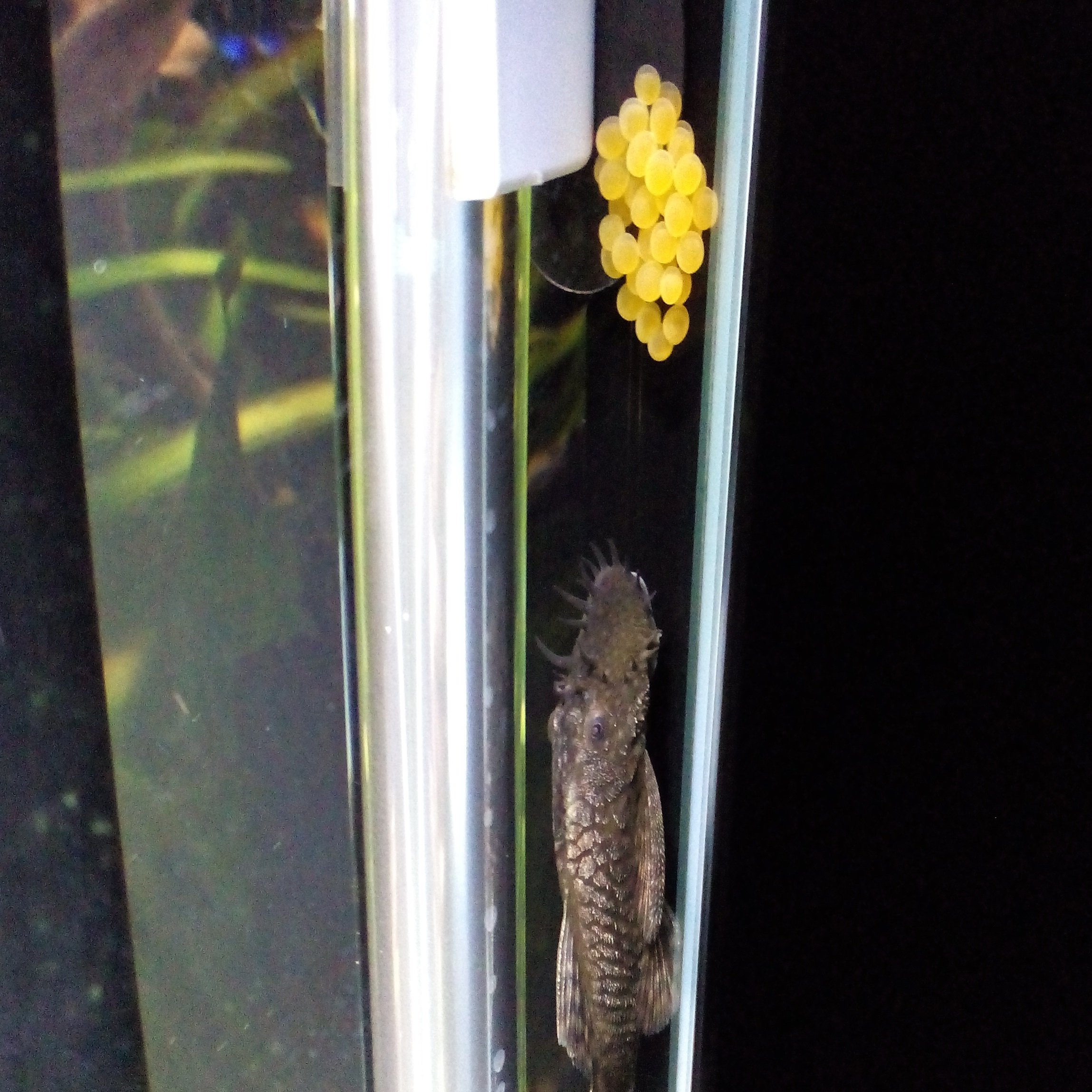Physical Address
304 North Cardinal St.
Dorchester Center, MA 02124
To clean an axolotl tank, remove the axolotl, plants, and decorations before scrubbing the tank with a gentle aquarium-safe cleaner. Rinse everything thoroughly before refilling with dechlorinated water.
Maintaining a clean tank is essential for the health and well-being of your axolotl. Regular cleaning ensures a safe environment, prevents the build-up of harmful bacteria, and promotes a healthy ecosystem for your pet. By following these simple steps, you can keep your axolotl tank clean and your pet happy and thriving.
Now let’s delve deeper into the importance of maintaining a clean axolotl tank and the steps to achieve it effectively.

Credit: fluvalaquatics.com
Regular cleaning of your axolotl tank is crucial for maintaining a healthy environment for your aquatic pets. A clean tank promotes their well-being and longevity, preventing the growth of harmful bacteria and ensuring they have a comfortable living space. Neglecting tank maintenance can lead to health issues for your axolotls, so it’s essential to understand the significance of proper cleaning routines.
Keeping the axolotl tank clean helps to create a healthy and safe habitat for these unique creatures. Regular water changes, removal of uneaten food, and waste help to maintain water quality, preventing the accumulation of toxins that can endanger the axolotls’ health. By ensuring a clean environment, you reduce the risk of diseases and stress that can arise from poor water conditions.
Regular tank cleaning also prevents the unsightly and harmful growth of algae in the tank. Algae not only compromises the aesthetic appeal of the tank but can also deplete oxygen levels and create imbalances in the tank ecosystem. Maintaining clean water and surfaces helps to control algae growth, ensuring a clear and healthy environment for your axolotls to thrive.
Keeping your axolotl tank clean is essential for the health and well-being of your aquatic pets. Regular cleaning helps maintain water quality and prevents the accumulation of harmful substances. To effectively clean your axolotl tank, you will need a few key materials. Here are the essential items you’ll need:
A sponge is a versatile tool that will assist you in cleaning various parts of the axolotl tank. A soft sponge is gentle enough not to harm your axolotl but sturdy enough to remove algae and debris from the tank walls and decorations. Look for a sponge that is specifically designed for aquarium use and avoid using any rough or abrasive materials that could scratch the tank surfaces.
A gravel vacuum is a necessary tool for cleaning the substrate in your axolotl tank. This device will remove any waste and uneaten food that has settled on the gravel, preventing the build-up of harmful substances. A good quality gravel vacuum should have a long hose and a sturdy suction tube that allows you to reach all areas of the tank. Make sure to choose a vacuum that is suitable for your tank size.
Buckets are an essential item for water changes and tank cleaning. You will need at least two buckets—one for collecting dirty water and one for clean water. It is crucial to use separate buckets to avoid cross-contamination. Ensure that the buckets you choose are clean and free from any chemicals or residues that could harm your axolotls. Additionally, make sure the buckets are large enough to hold an adequate amount of water for your tank.
Looking to clean your axolotl tank? Follow these steps for a sparkling habitat: Remove your axolotl, drain the water, scrub the tank gently with a non-toxic cleaner, and rinse thoroughly before refilling with fresh, dechlorinated water. Remember to keep your little friend comfortable throughout the process.
The first step in preparing to clean your axolotl tank is to turn off the filters and heaters. This is important to ensure the safety of your axolotl during the cleaning process. By turning off the filters and heaters, you prevent any accidental injuries or damage from occurring.
Next, you need to prepare the replacement water that will be used to refill the tank. It’s crucial to provide clean and safe water for your axolotl’s well-being. Here’s how you can do it:
It’s essential to prepare the replacement water in advance so that it’s ready when you need to refill the tank after cleaning.
To clean the axolotl tank effectively, first, you need to remove your axolotl from its main tank and transfer it to a temporary tank. Proper care must be taken to ensure your axolotl’s safety and well-being during this process.
When transferring your axolotl to a temporary tank for cleaning, follow these steps:
While the axolotl is in the temporary tank, place it in a safe and dark location to minimize stress. Keep the tank away from direct sunlight and excessive noise to ensure your axolotl remains calm and comfortable.
Cleaning your axolotl tank is crucial for your pet’s health. Let’s dive into the cleaning process to ensure a clean and safe habitat for your aquatic friend.
Using a soft sponge or brush, gently scrub the tank walls to remove algae buildup and debris. This helps maintain water quality and promotes a healthy environment for your axolotl.
Regularly siphon debris from the tank bottom to prevent ammonia buildup. This action keeps the tank clean and reduces the risk of water contamination.

Credit: www.tiktok.com
When cleaning Axolotl tank, maintaining filter and decor is crucial. Let’s explore how to effectively clean these elements below.
To Rinse Filter Media, remove it from the filter carefully.
Rinse the media under running water to remove debris.
Ensure no chemical soap is used during this process.
Clean Tank Decorations by removing them from the tank.
Use a soft brush to gently scrub off algae or dirt.
Rinse each decoration thoroughly with water.
Refilling the tank is a crucial step in maintaining a clean and healthy habitat for your axolotl. It’s essential to ensure that the water you add is at the right temperature and free from harmful chemicals. Additionally, using a water conditioner is vital to neutralize any chlorine or chloramine present in the tap water. Let’s dive into the proper steps for refilling your axolotl tank.
Before adding water to the tank, check the temperature to ensure it is suitable for your axolotl. The ideal temperature for axolotls is between 60-70°F. Using water that is too cold or too warm can stress your aquatic pet. To maintain the proper temperature, a thermometer can be used to accurately gauge the water temperature before adding it to the tank.
Once you have verified the water temperature, it’s important to add a water conditioner to neutralize any harmful chemicals. Chlorine and chloramine, commonly found in tap water, can be harmful to axolotls. Therefore, using a reliable water conditioner that removes these chemicals is imperative. Follow the manufacturer’s instructions for the appropriate amount of water conditioner based on the volume of water being added to the tank.

Credit: opensea.io
To clean your axolotl tank, carefully return your axolotl to the tank after it has been drained and cleaned. Gently place them back into the fresh, dechlorinated water, ensuring they are comfortable and safe in their habitat. This process helps maintain a healthy and clean environment for your beloved axolotl.
Once you have thoroughly cleaned your axolotl tank, it’s time to safely return your aquatic friend back to its environment. Here are two crucial steps to follow to ensure a smooth transition for your axolotl: acclimating it to the water temperature and monitoring its behavior.Maintaining cleanliness in your axolotl tank is crucial for their well-being. By following these simple cleaning steps, you can ensure a healthy environment for your axolotls. Regular cleaning and water changes will promote their health and happiness. It’s important to remember that a clean tank equals a happy axolotl!